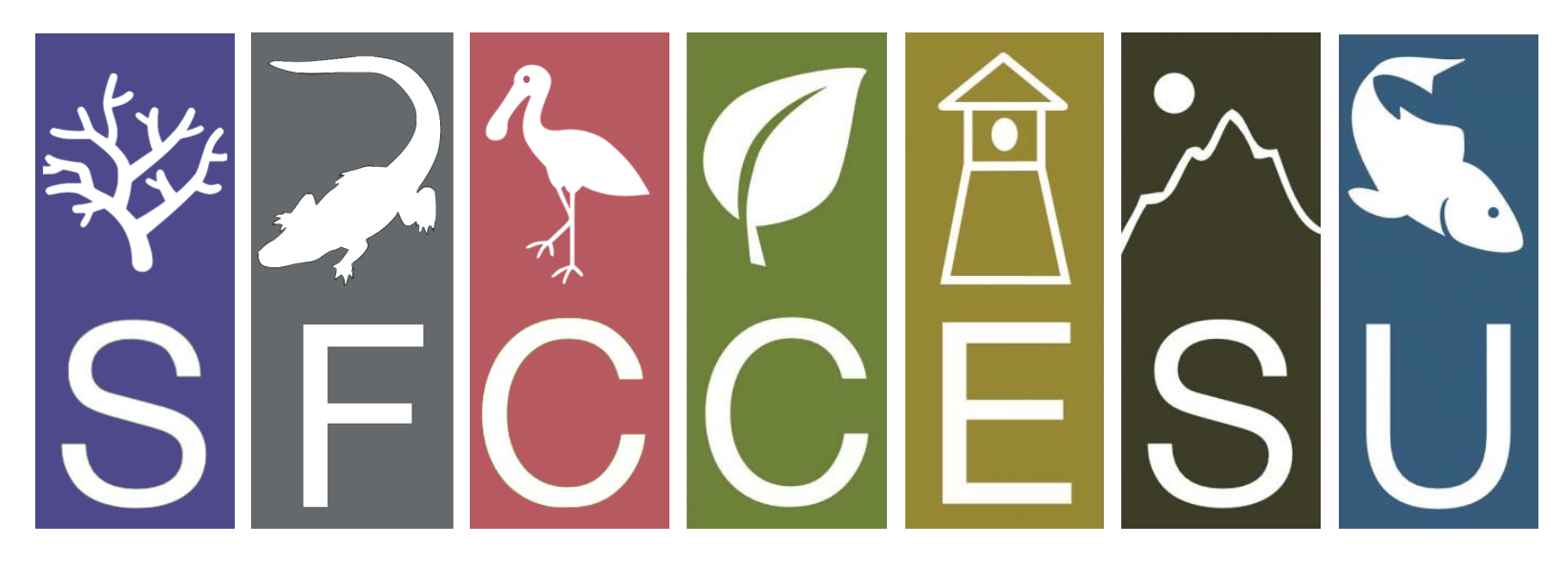General Information
*Funding Opportunity No: W912HZ-17-SOI-0001
Funding Agency: US Army Core of Engineers
Funding Information: Approximately $100,000 is expected to be available to support this project for one (1) year. Additional funding may be available for follow on work in subsequent fiscal years up to four (4) years at $100,000 per year for a total of $500,000 over five (5) years.
Project Initiation: 2017
Opportunity Description
Responses to this Request for Statements of Interest will be used to identify potential investigators for a project to be funded by the U.S. Army Corps of Engineers (USACE) Jacksonville District to monitor Florida apple snail populations (native/exotic) in response to hydrological changes associated with implementation of the Everglades Restoration Transition Plan in the Greater Everglades Wetlands ecosystem, and Water Conservation Area 3A, in particular. Approximately $100,000 is expected to be available to support this project for one (1) year. Additional funding may be available for follow on work in subsequent fiscal years up to four (4) years at $100,000 per year for a total of $500,000 over five (5) years.
Background: The persistence of the Everglade snail kite (Rostrahamus sociabilis plumbeus) in Florida depends upon maintaining hydrologic conditions that support the specific vegetative communities that compose snail kite habitat, along with sufficient apple snail availability across their range each year. Since 1999, the snail kite population in Florida has progressively and dramatically decreased and its primary food source, the Florida apple snail has experienced declines within wetlands designated as critical habitat for snail kites. Water Conservation Area 3A (WCA-3A) has been previously identified as the most critical component of snail kite habitat in Florida, in terms of its influence on demography. Historically, the Water Conservation Areas (WCAs), and WCA-3A in particular, have fledged, proportionally, the large majority of young in the region. However, no young fledged out of WCA-3A in 2001, 2005, 2007, or 2008, and only two young successfully fledged in 2009. WCA-3A continues to exhibit low numbers of nesting kites with only 36 young successfully fledged in 2014. This trend of lowered regional reproduction is a cause of concern regarding the sustainability of the population.
Previous research has identified three major potentially adverse effects associated with current water management in WCA-3A as: 1) prolonged high water levels in WCA-3A during September through January; 2) prolonged low water levels in WCA-3A during the early spring and summer; and 3) rapid recession rates. All three of these hydrological variables have the potential to directly and indirectly adversely affect apple snail populations. Apple snail populations respond quickly to changes in hydrology and to the longer-term indirect effects of hydrology on vegetation structure.
In order to address these adverse effects, the U.S. Fish and Wildlife Service (FWS) in conjunction with species researchers developed a series of water depth recommendations for WCA-3A that address the needs of the snail kite, apple snail and vegetation characteristic of their habitat. This water management strategy is divided into three periods representing the height of the wet season 2 (September 15 to October 15), the pre-breeding season (January) and the breeding season (termed dry season low, May 1 to June 1) and illustrates appropriate water depths to attain within each period. Water depth recommendations proposed within this water management strategy form the basis for the Everglades Restoration Transition Plan (ERTP). Incorporation of this strategy into ERTP represents an incremental component in the restoration of habitat within WCA-3A and a step toward multi-species management. ERTP provides a means for reducing high water periods and prolonged flooding within WCA-3A, restoring vegetation within the area and directly benefitting snail kite and their primary food source, the apple snail.
Objectives:
Objective 1: To determine statistically robust estimates of apple snail density and egg cluster production in the Greater Everglades Wetlands ecosystem, with a focus on WCA-3A and in Everglade snail kite foraging areas (as determined by USACE).
Objective 2: To identify parameters that are most important to apple snail density, survival, recruitment and egg cluster production; and estimate values of parameters that result in maximum densities/per capita egg production (PCE) within the Greater Everglades Wetlands ecosystem.
Objective 3: To provide data in support of scientific studies of inter-relationships among apple snail demography, hydrologic regime and habitat characteristics.
Objective 4: To provide specific management recommendations to increase apple snail density and reproductive success in the Greater Everglades Wetlands ecosystem.
Eligibility Information
Vendor must be a non-federal partner of the South Florida-Caribbean, Gulf Coast or PiedmontSouth Atlantic Coast CESU Unit willing to accept the negotiated CESU indirect cost rate of 17.5%. Successful applicants should have expert knowledge of the Everglades ecosystem and a record that demonstrates research experience with collecting and analyzing aquatic invertebrates, specifically apple snails, within graminoid marsh habitats. The candidates will be required to prepare a Statement of Work and Work Plan regarding the research to be conducted. The candidates will also be required to submit four (4) quarterly status reports and one (1) annual report each year of the contract to provide updates on monitoring, data collection and analyses, and assessments regarding the impacts of ERTP water management operations on apple snail populations.
Application Process
See attachment for application process and further details.
